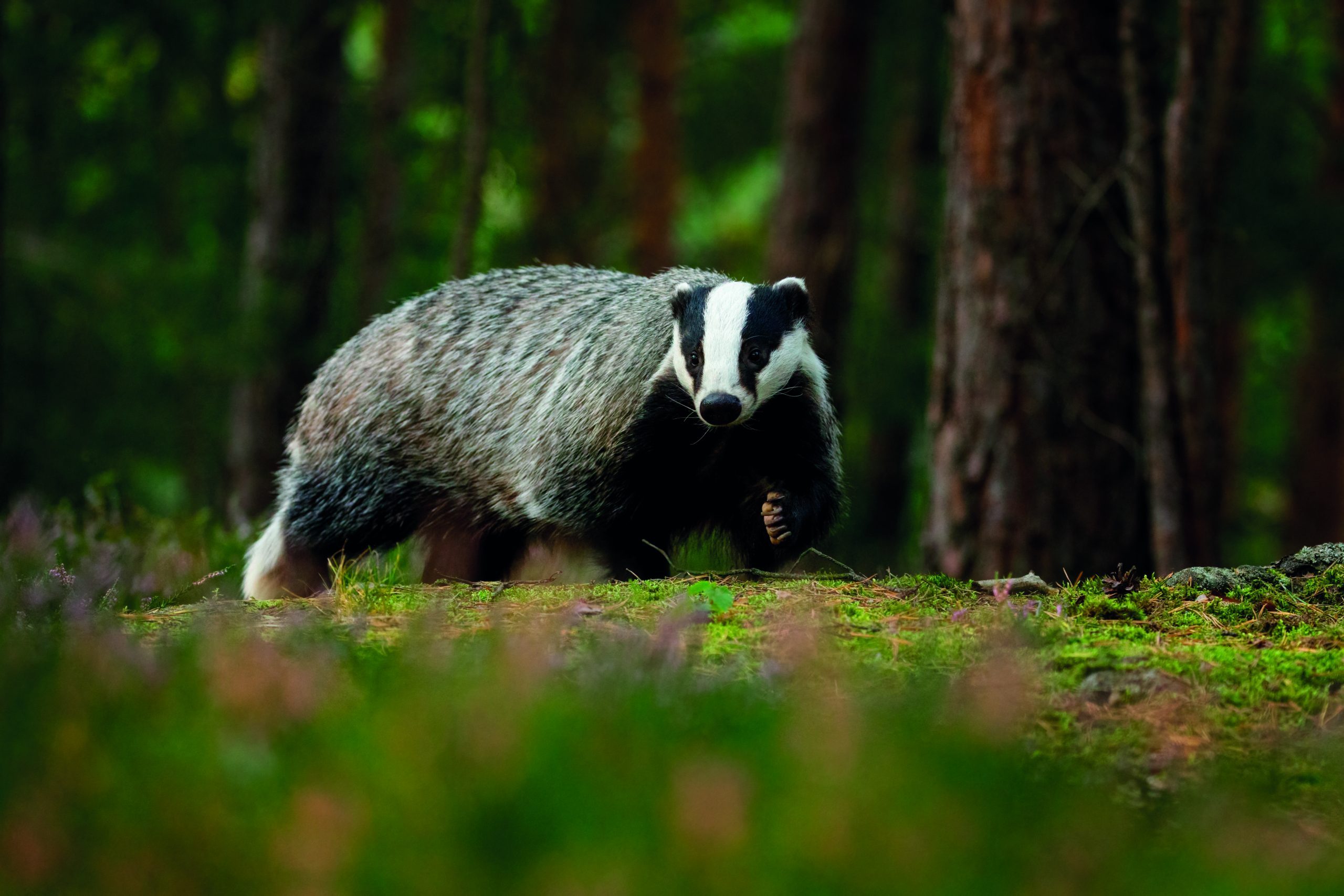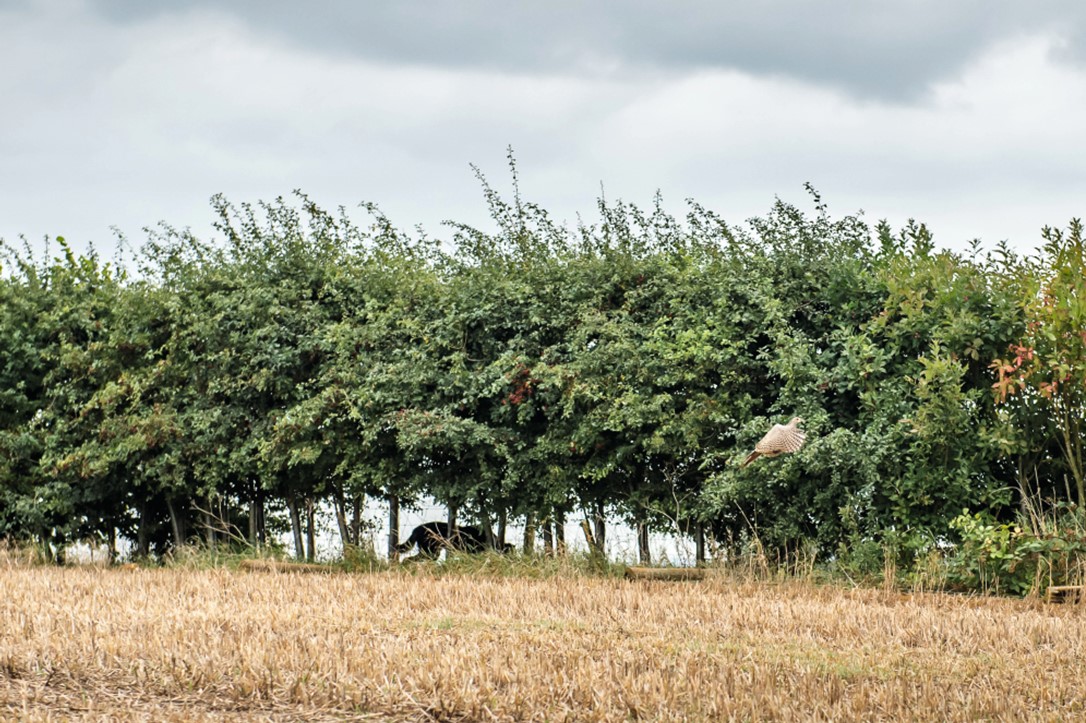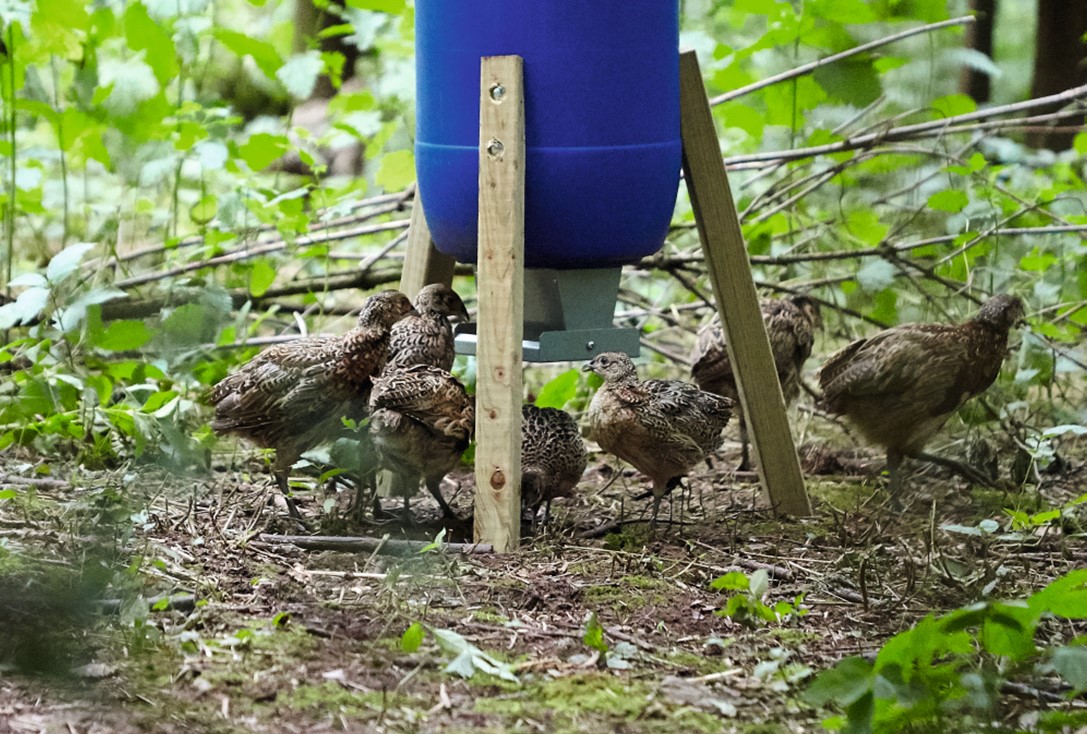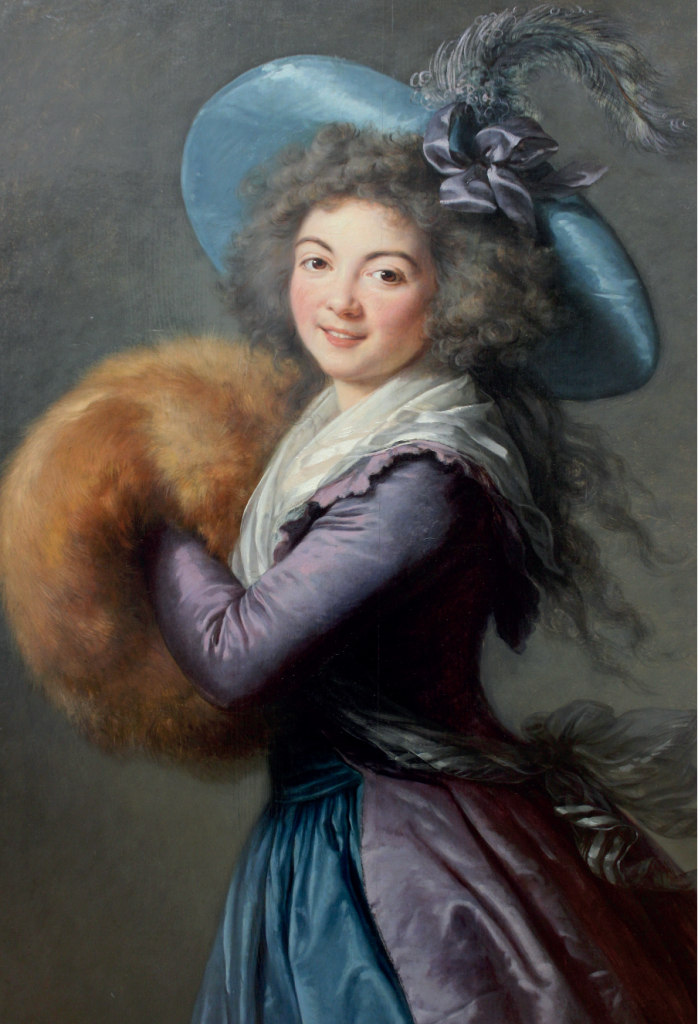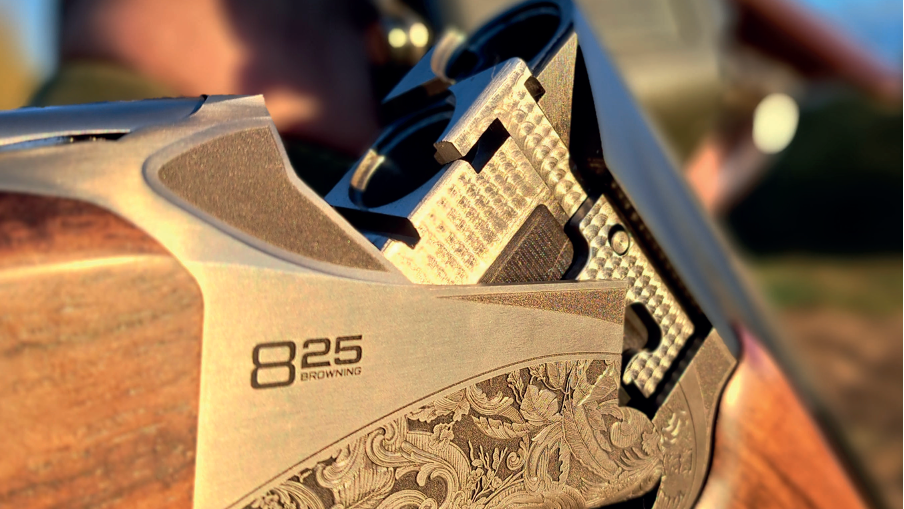Hold fast
Liam Bell explains the steps you can take to keep hold of your poults and ensure the birds don’t wander off before the season gets going
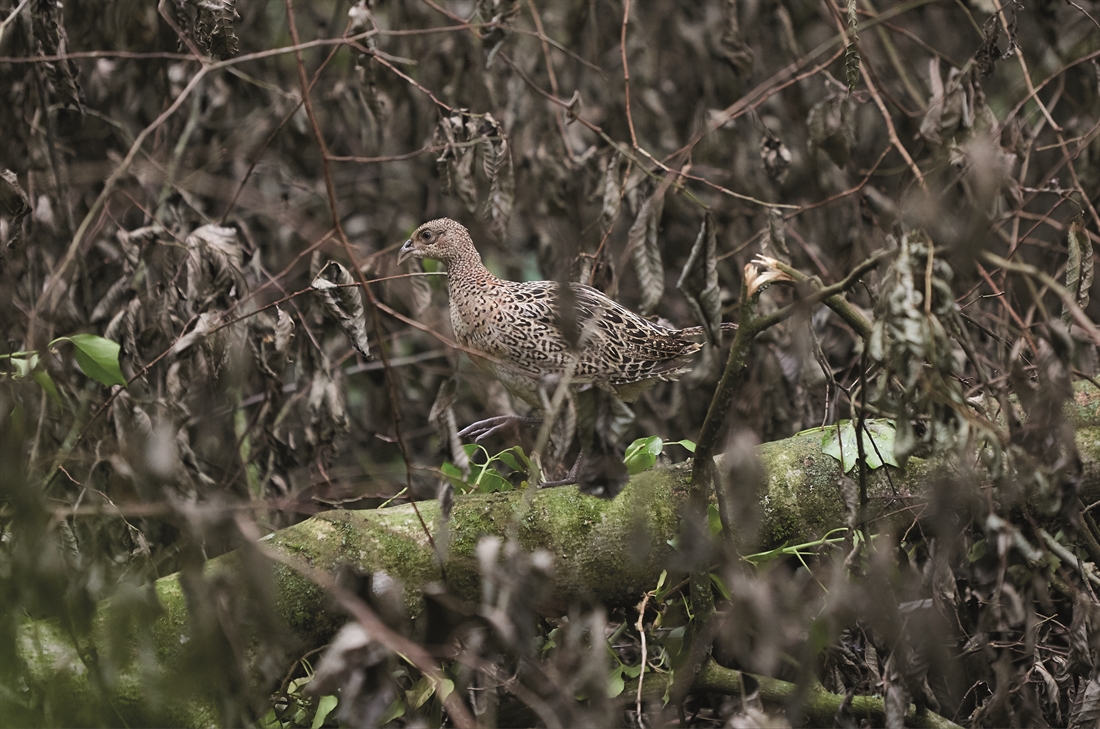
Pheasants poults stray when there is a lack of suitable habitat in their release woods, when their release pens are overstocked and when they are continually disturbed. There are others reasons they will go – competition for food and water and premature release being two of them – but in most instances the causes are one or more the first three listed above.
That is not to say that there will be no wandering if the habitat is right, the stocking levels are reasonable and there is no disturbance. It is just that unless the three main reasons are addressed first, you will be fighting a losing battle. Birds don’t like being overcrowded and won’t hold in cold woods with poor roosting, especially if there is nowhere for them to spend the day undisturbed.
Many years ago the GWCT described the holding of released birds as the pouring of a pint of beer on a pub table. The illustration in their magazine was of the pub table and the spilt beer, with strategically placed beer mats, sponges and bar towels to prevent it flowing off. The analogy was that the more you have on the table to slow the flow, and soak up and stem the rush of beer, the better the chance of keeping it on the table.
Habitat management is a major part of the long-term management of a shoot, but all too often the woods and hedges are out of the shoot’s control. That said, laurel, snowberry and privet are relatively cheap to buy and grow quite quickly if they have the space and are protected from browsing. And it is rare that a landlord objects to a shoot improving woodland at its own expense.
It stands to reason that a small shoot with no holding cover, no game crops and poor roosting will have lower returns than a larger one with warm woods and cover crops.
And while the people running the habitat- poor smaller shoot may have fewer birds to look after, they will be spending a great proportion of their time dogging-in birds that don’t want to be there.
A release pen should be sufficiently large to hold poults for four weeks from the date of their release, without them substantially altering or degrading the habitat within it. Stocking densities are relative and it as easy to overstock a small pen of 150 birds as it is a larger one of 1,500.
If they start making tracks against the wire on the inside of the pen, or they are flying out and reluctant to go back in, they need letting out. Keeping them in longer will lead to problems with disease and infection, or antisocial behaviour such as tail and feather pecking.
If this happens sooner than four weeks post-release, the pen is probably too small and building an extension should be added to the list of next season’s jobs. Four weeks is long enough for the poults to home in and learn how to roost. Three weeks is pushing it and two, in my opinion, is too soon to let them go.
I know some shoots only keep their birds in the pens for a fortnight, but they usually have full-time keepers with the time to look after them. Shoots where the work is shared between members rarely have someone on hand to keep a close eye on things and shepherd the birds back for those first few days. That is why it is vitally important for them to be homed in properly before they are let out.
Disturbance is often overlooked and it can be difficult to get a handle on what is happening during the day if the pens are only visited at first and last light – which is most definitely the correct way to do things.
We had an unsettled pen and couldn’t put our finger on the reason until one of us had sat there for the best part of three hours and saw a woman with two off-lead dogs walking past the pen, scattering and chasing birds.
A not-so quiet word put things right and the birds settled to a degree afterwards, though they were wary of the area around the pen for the rest of the season.
Competition for food and water is reduced when they leave the pen because there are so many other things for them to feed on, but it doesn’t mean you should skimp on feeders. In fact you need more feeders to cover the ground when they are out than you do when they are in the pen. Ditto the drinkers, even if there are plenty of pit holes and streams for them to drink from.
Place the hoppers where you want the birds to feed and where you want them to spend the day. Put others in the areas where they congregate, to help home them in and stop them going any further. Some will ignore them and keep on going because they are not hungry, but others will stop and have a peck and take a pellet or two.
The same goes for drinkers, even in a wet year such as this. Every bird that stops will remember where the feeders and drinkers are and draw back to them, even if it isn’t where you want them to end up in a couple of months’ time.
Keep an eye on the birds as they grow and move about, and decide which can be left alone, which need walking home and which need pushing back hard with the spaniels.

